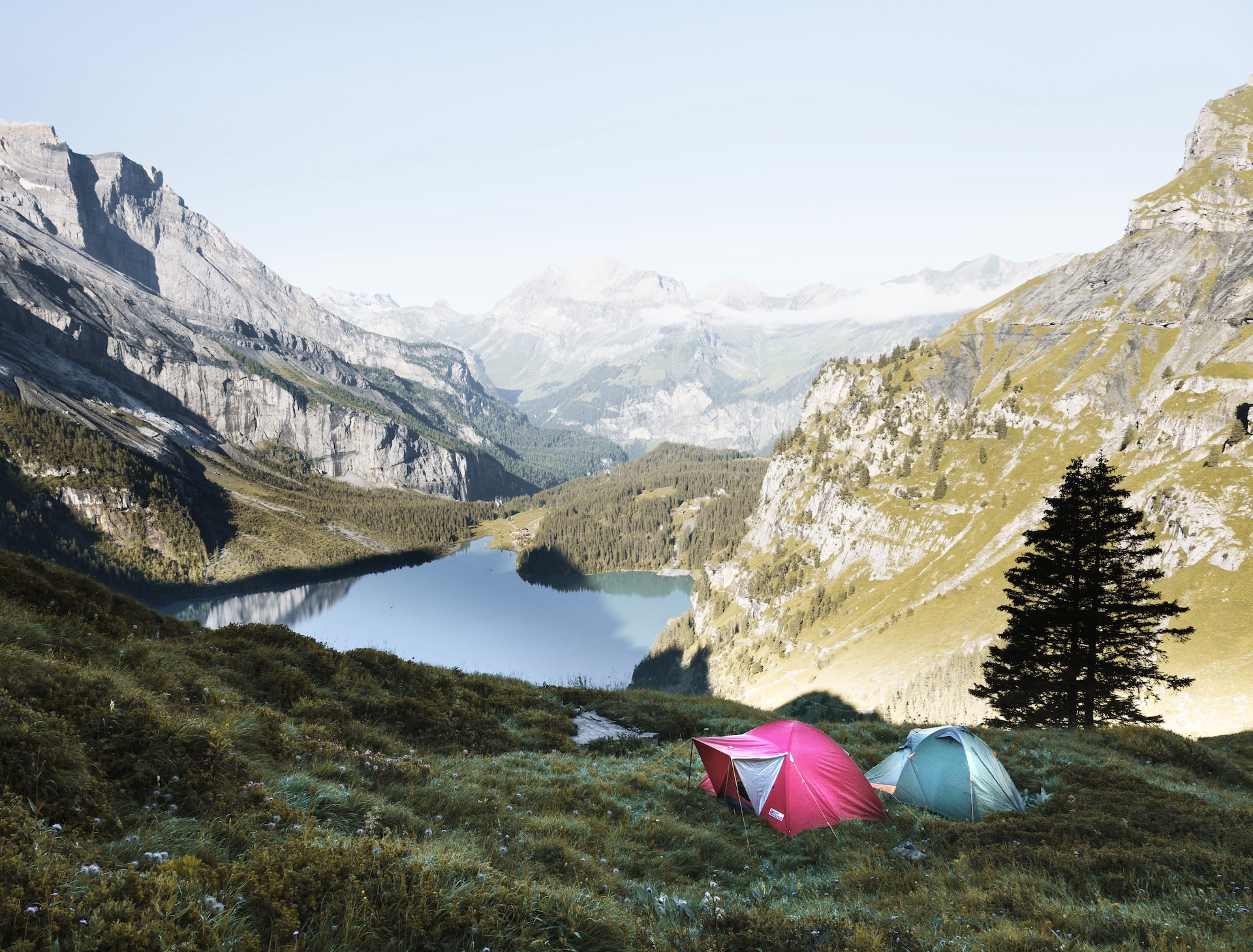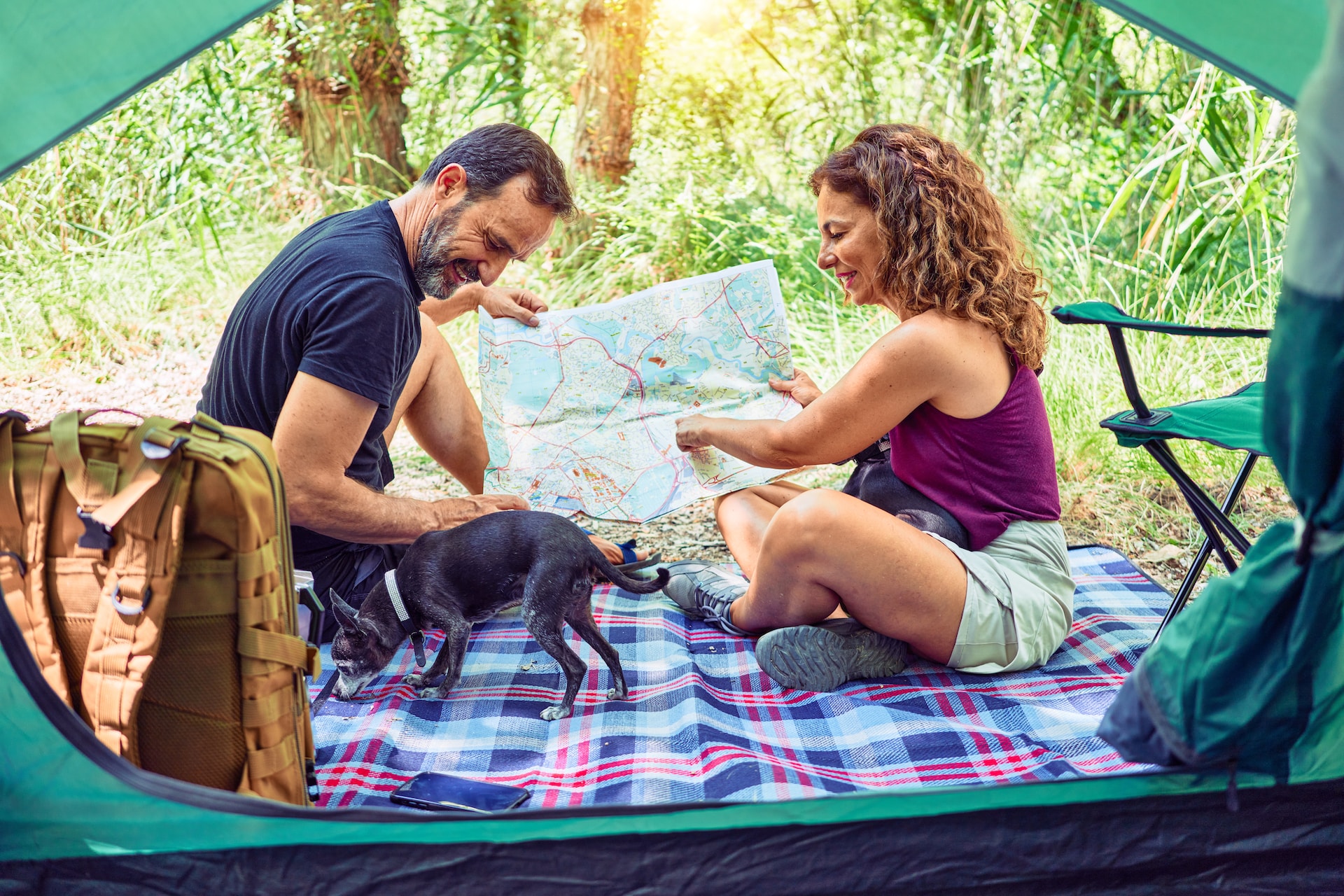Wild camping is a unique experience that allows you to reconnect with nature and enjoy magnificent landscapes. However, it is important to adopt an eco-responsible approach in order to preserve our environment and minimize our impact on nature.
Choose a suitable location
The first step in organizing an eco-responsible wild campsite is to choose an appropriate location. Make sure you camp in an area where wild camping is permitted, to comply with local regulations and preserve fragile ecosystems. Opt for places that are already developed, such as designated wild camping sites, rather than creating new camps. This will limit the impact on local fauna and flora.
Prepare yourself adequately
Before you go wild camping, make sure you are well prepared. Make a complete list of everything you will need, to avoid buying unnecessary products or wasting resources. Opt for durable and reusable equipment, such as stainless steel water bottles, reusable cutlery and eco-friendly sleeping bags. Also favor natural care and hygiene products, without chemical substances harmful to the environment.
Respect nature
When camping in the wilderness, it is crucial to respect the environment around you. Leave no trace of your passage by collecting all your waste and throwing it in the bins provided for this purpose. Also avoid lighting wild campfires, which can cause significant damage to local flora and fauna. Instead, use a portable stove to cook your meals.
Limit your energy consumption
In order to respect the environment, it is important to limit your energy consumption during your wild camping. Use solar-powered camping lights rather than battery-powered lights. Opt for rechargeable batteries for your cell phone rather than using disposable batteries. Also reduce your water consumption by taking quick showers and using biodegradable cleaning products.
Support the local economy
When wild camping, it is important to support the local economy by favoring regional products. Buy your groceries from small local producers rather than large supermarket chains. This helps support local agriculture and reduces the carbon footprint linked to transport.
Raise awareness among others
Finally, don’t hesitate to educate other campers about the importance of eco-responsible wild camping. Share your knowledge with others and encourage them to adopt environmentally friendly practices. Together we can preserve our beautiful nature for future generations.
How local wildlife impacts your camping experience
Wild camping offers us a privileged opportunity to be in direct contact with nature, in particular with the local fauna which inhabits these preserved places. Although respect for the environment is essential, understanding and appreciating the wildlife around us can strengthen our experience and connection with nature. However, an informed and respectful approach is necessary to ensure the safety and well-being of all.
An immersion in the wild world
Sleeping under the stars, far from city lights, gives us an invaluable chance to observe animals that are often discreet or active at night. Owls hoot at dusk, fireflies twinkle in the dark, and the quivering footsteps of a small mammal nearby can spark curiosity and wonder.
Wildlife-friendly approach
It is essential to remember that we are visitors in their habitat. Keeping a safe distance from wild animals, avoiding feeding them and limiting noise are fundamental practices. Feeding animals, even unintentionally by leaving food available, can accustom them to human presence, which can be dangerous for them and for us.
The importance of biodiversity
By understanding the value of every creature, large or small, we can better appreciate the biodiversity around us. Each insect, bird or mammal plays a crucial role in the balance of the ecosystem. By adopting eco-responsible camping practices, we help preserve these delicate balances.
Prepare for unexpected encounters
Although most wildlife prefers to keep their distance, it is always a good idea to learn about the animals potentially present in the area where you are camping. Being informed and prepared can make the difference in the event of an unexpected encounter.

The importance of first aid when wild camping
Exploring the wilderness through camping is both a liberating and enriching experience. However, it is also unpredictable. Undeveloped land and potential wildlife encounters remind us how crucial it is to be prepared when it comes to first aid. A well-equipped kit and basic first aid knowledge can make all the difference in the event of an incident.
Respond quickly to small injuries
When you are in the great outdoors, far from medical facilities, even a small cut can become problematic if not treated correctly. It is therefore essential to have a first aid kit containing at least antiseptics, dressings, bandages and compresses. Treating a scrape or cut quickly can prevent infections and other complications.
Know dangerous plants and animals
Some areas are inhabited by plants and animals that can pose risks to campers. Whether it’s a stinging plant, a venomous snake or a disease-carrying insect, basic first aid training will give you the knowledge you need to respond correctly. For example, knowing how to safely remove a tick or how to treat a snake bite can be vital.
The importance of training
Having a first aid kit is an essential first step, but knowing how to use it is just as important. Before you go wild camping, consider first aid training. Not only will you learn how to respond to different emergency situations, but you will also gain confidence, knowing that you can help others in times of need.
Promote prevention
Ultimately, the best approach to first aid is prevention. By being aware of potential dangers and taking precautions, such as wearing appropriate footwear, using insect repellent and avoiding areas known to harbor dangerous animals, you can significantly reduce the risk of accidents.













